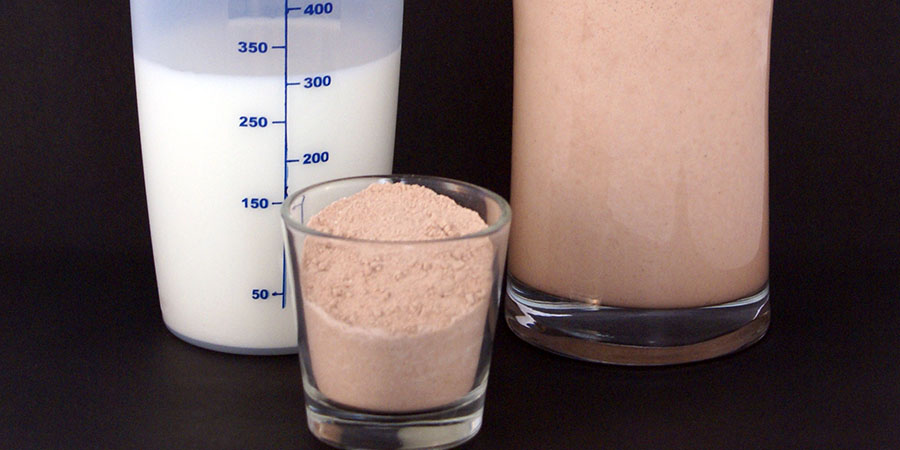Our protein intake is up, but not from wholesome core foods – it’s from discretionary foods packed with refined proteins.
Compared to carbohydrates (and to a lesser extent fats), proteins are being promoted as the nutritional “good guys” by food faddists and food industry alike. In affluent parts of the world like Australia, Western Europe, and North America, most people consume more than enough protein for our physiological needs. Unfortunately, excess protein is not necessarily converted into lean muscle mass – certain kinds of exercise (e.g., weight training, resistance training, etc…) are an important part of that equation. What happens to the extra protein that is not required for our body’s structural and metabolic purposes? Unlike carbohydrates and fats, we are unable to store excess protein as such. Like any other nutrient, proteins can be converted into other forms of energy, however.
Many of the amino acids that make up proteins can be converted into the carbohydrate glucose which can be stored as glycogen in liver and muscles.
The nitrogen portion of the amino acid molecule is excreted as urea in the urine. Just like it can from other dietary sources, glucose from protein metabolism can also be converted to fat and stored in our fat cells.
The Estimated Average Requirement (the daily nutrient level estimated to meet the requirements of half the healthy population) for protein for men is 0.68 g per kg body weight per day and for women it is 0.60 g per kg body weight per day. Australia’s most recent nutrition survey (part of the Australian Health Survey, or AHS) in 2011/12 determined that men consumed an average of 104.6 g of protein per day or 1.2 g per kg body weight and women consumed 77.9 g of protein per day or 1.1 g per kg body weight. In other words, the average Australian man and woman consumes nearly twice as much protein as the estimated average requirement each day. Perhaps unsurprisingly, Australians have also increased the amount of protein they consumed each day since the last national nutrition survey in 1995. Where has the extra protein come from?
The primary sources of high quality protein in the Australian diet are found in lean meats, poultry, fish, eggs and alternatives (e.g., soy-based products, other legumes, nuts and seeds, etc…) and milk, yoghurt, cheese and alternatives. The AHS found that only 17% (less than 1 in 5) of Australian adults consumed the recommended number of serves of meats and alternatives and less than 14% (around 1 in 7) consumed the recommended number of serves milk, yoghurt, cheese and alternatives. Legumes are also a good source of protein, but again, less than 10% of Australians consume the recommended number of serves.
Overall, these results suggest that most of the extra protein Australian adults are consuming is coming from discretionary foods. This may be highly refined protein devoid of other nutrients.
In Australia at least, we should beware the high protein health halo – we don’t need to eat more processed foods high in refined proteins. We should instead be eating more of those high quality protein-containing foods like lean meats, dairy and alternatives that generally don’t make protein claims.

